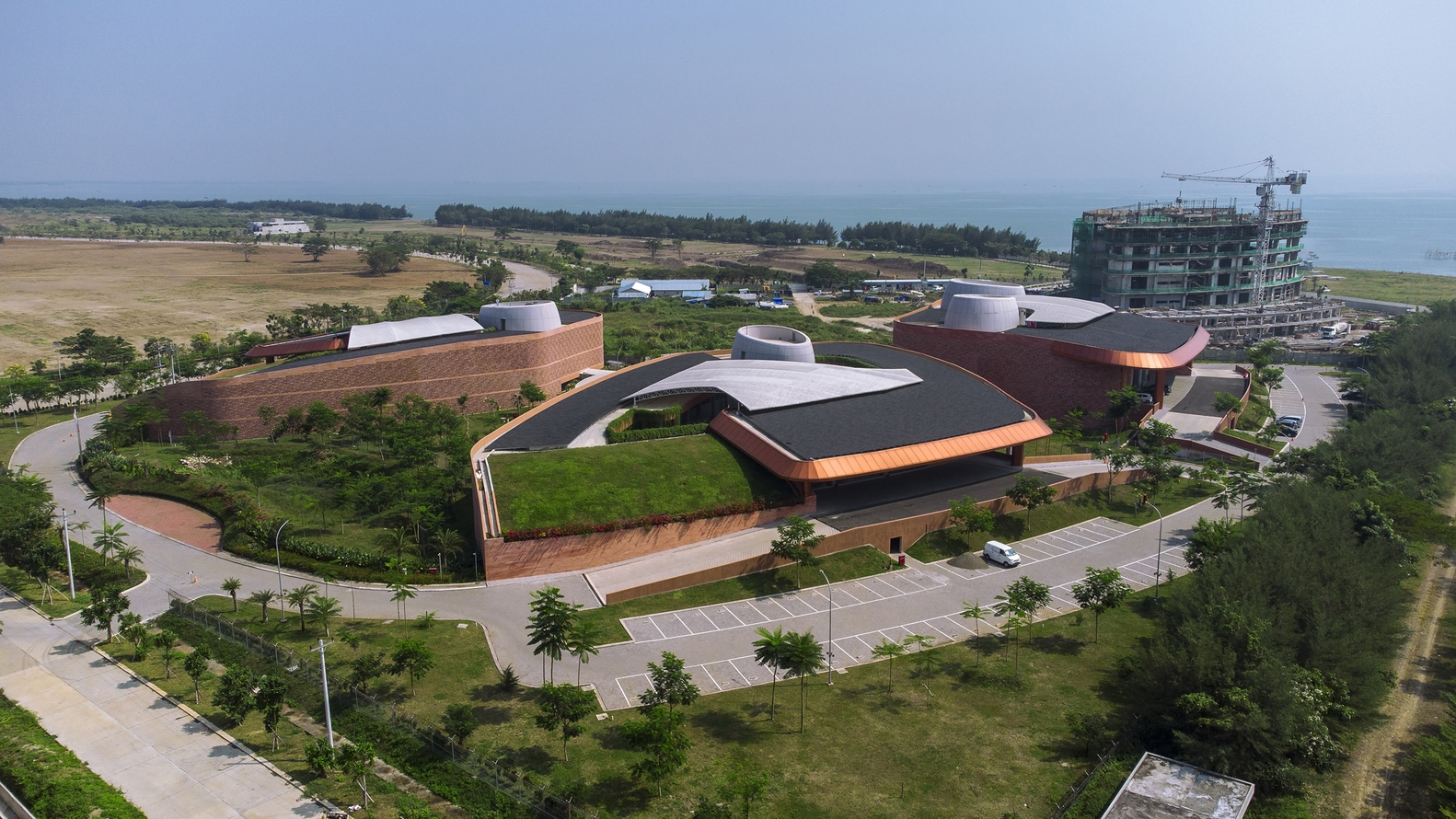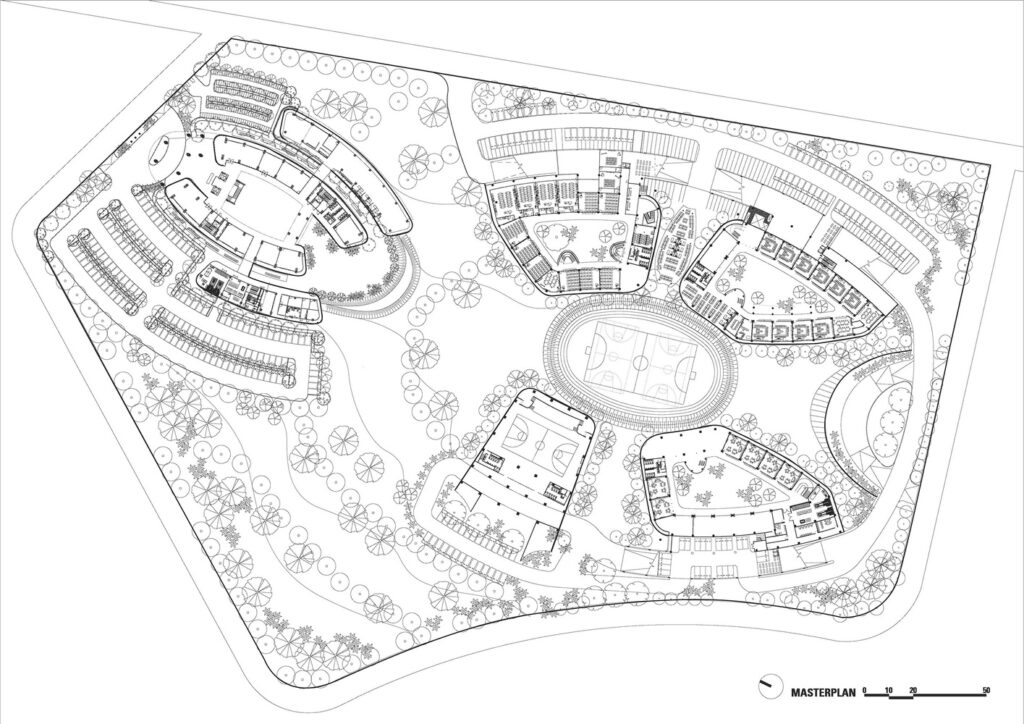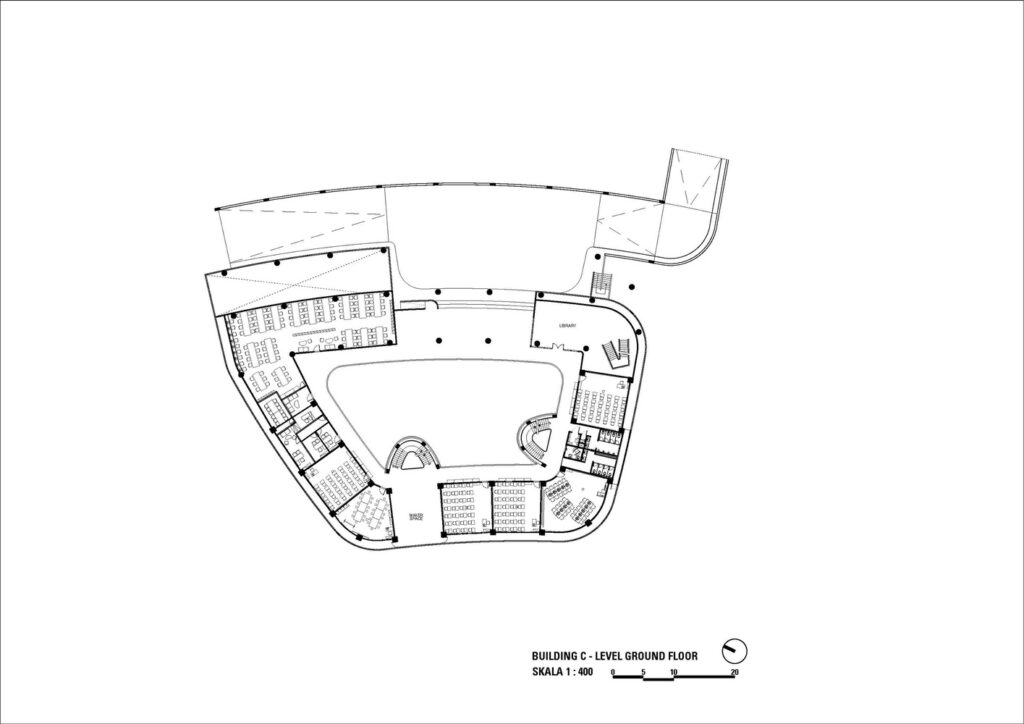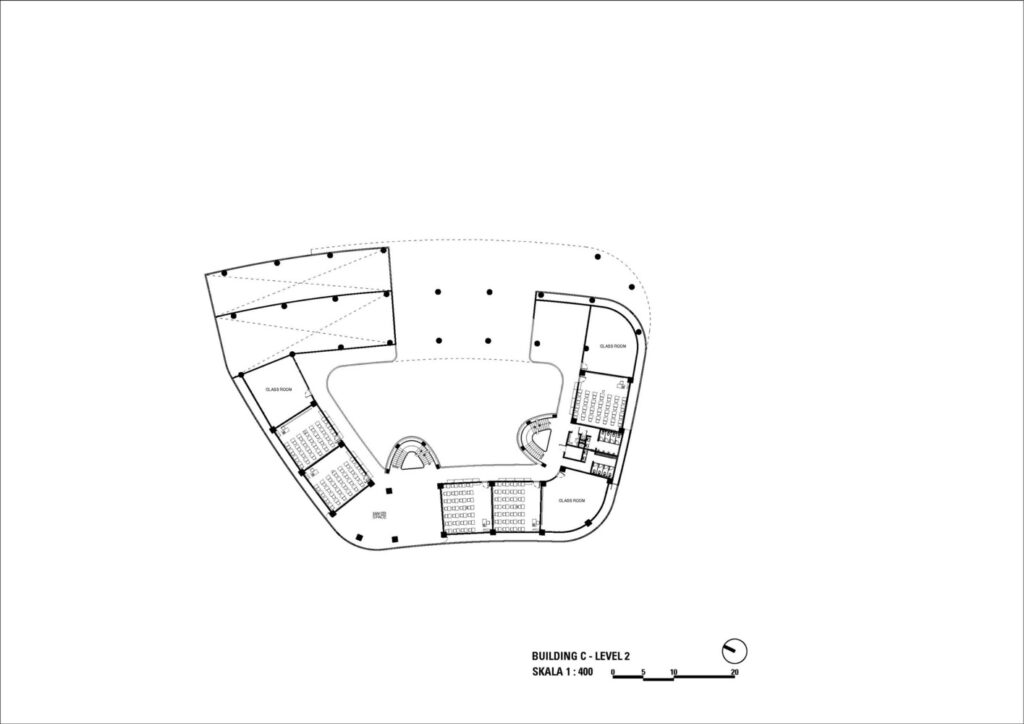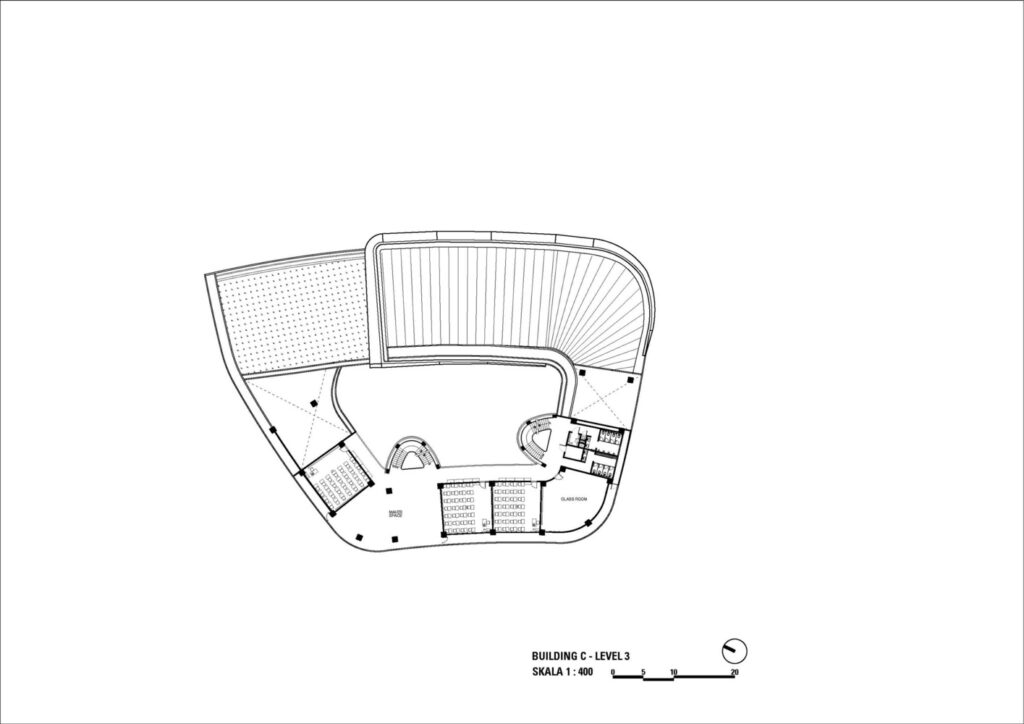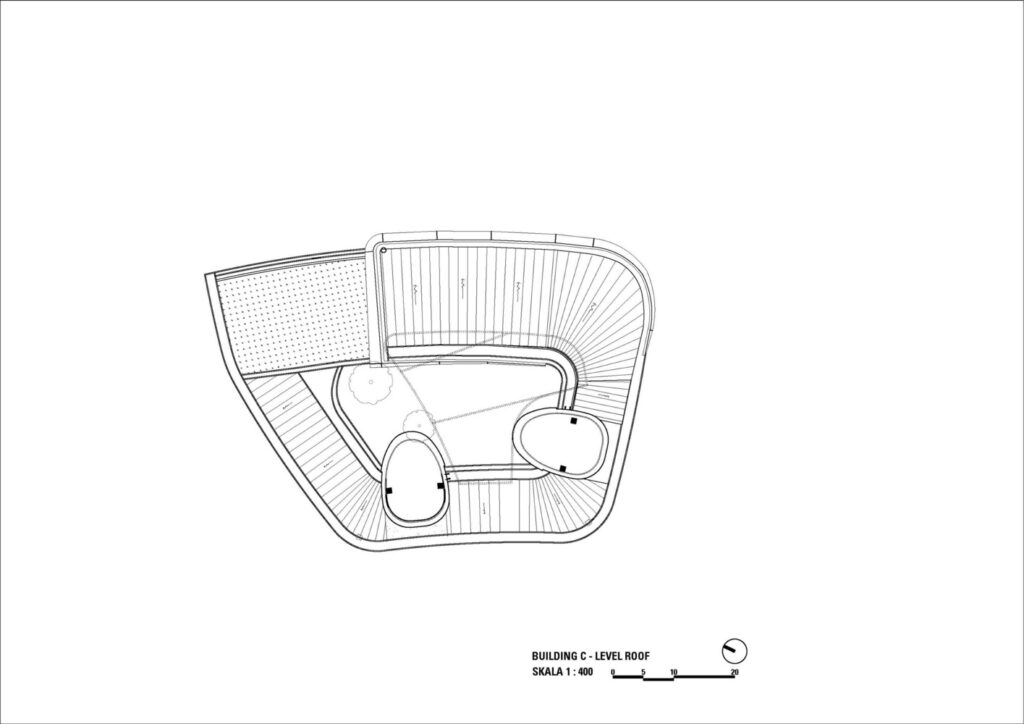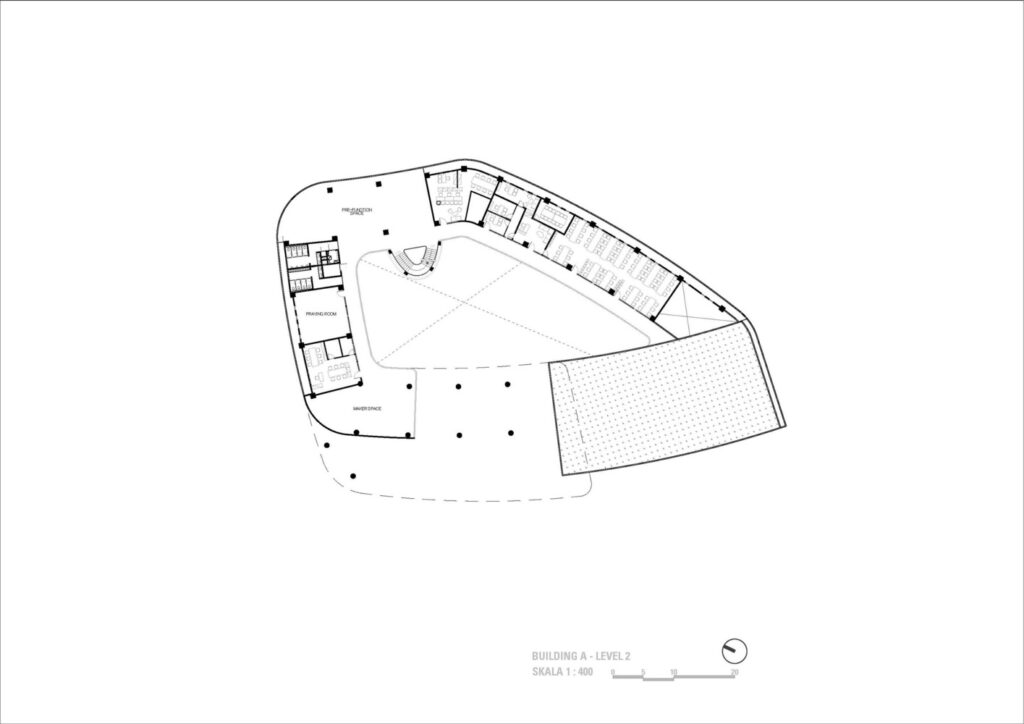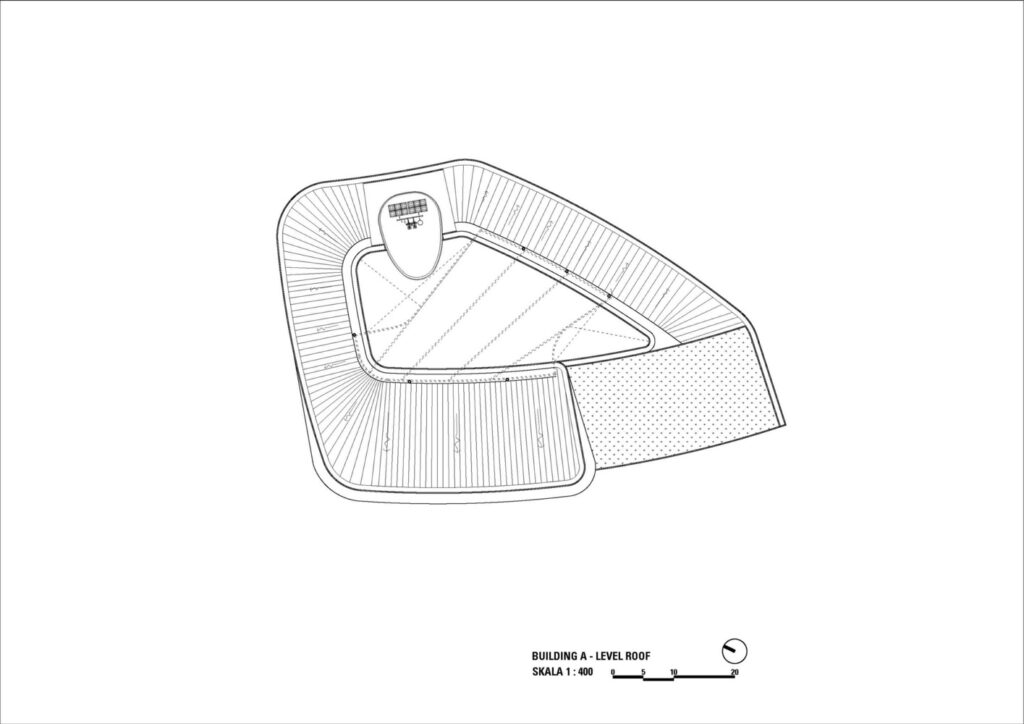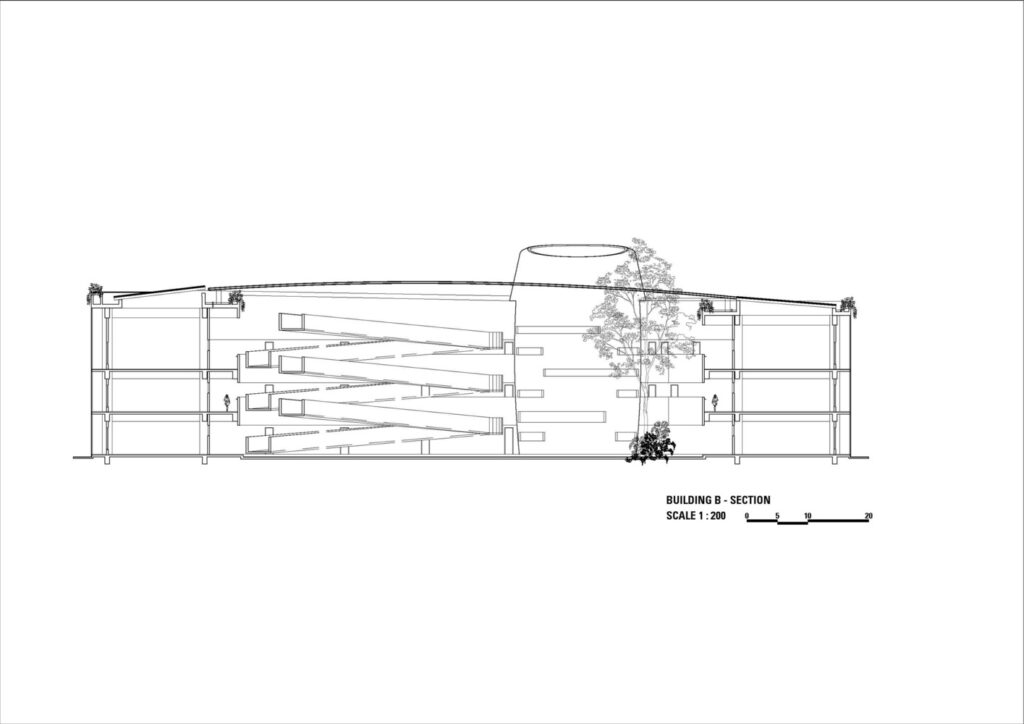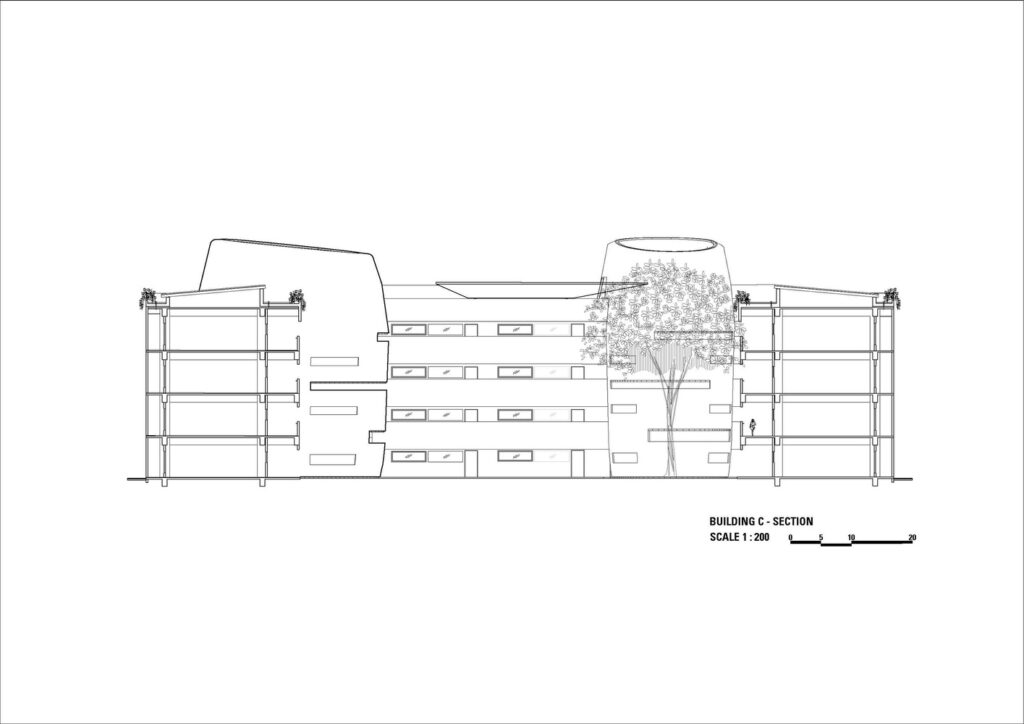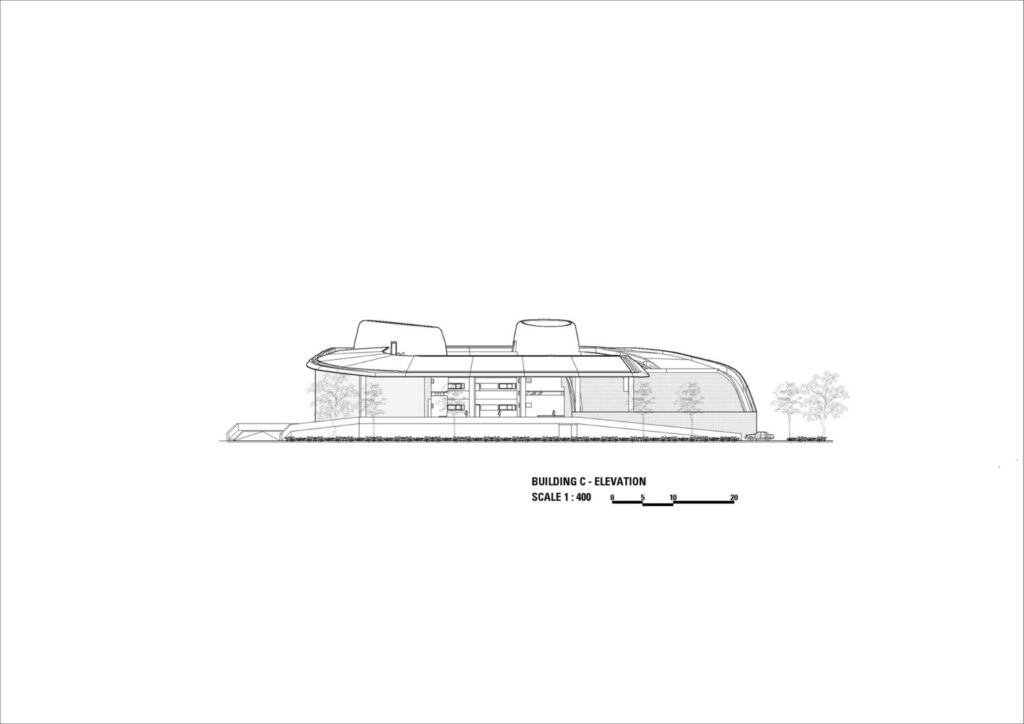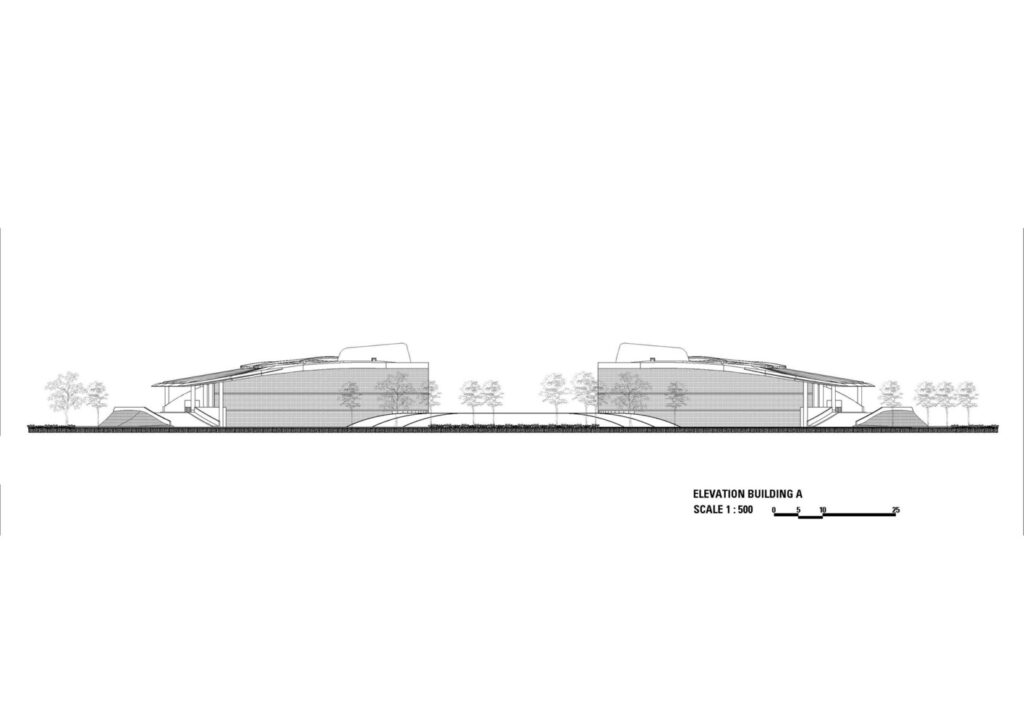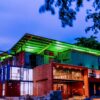Project Details
- Architects: Denton Corker Marshall
- Area: 15000 sqm
- Year: 2021
- Photographs:ATMODJO
- Lead Architects: Budiman Hendropurnomo, Dicky Hendrasto
- Structure Engineer: PT Perkasa Carista Estetika
- Quantity Surveyor: PT Reynolds Partnership
- Contractors: PT Total Bangun Persada
- Project Architect: Daniel Ade Christianto, Kevin Oscar
- MEP & HVAC: PT Policipta
- Country: Indonesia
Binus Edupark is the first public facility provided by the new town called POJ – Pearl of Java ( 400 – 500 hectares ). It is seed development for future inhabitants. Currently, Binus University is also established using some of the high school buildings to cater to older age groups. Meanwhile, the Binus University campus is also being built for operation in 2024.
Binus Edupark is designed as a series of seashell-like forms. Being carried by the waves onshore and scattered on an elevated sandy platform by the beach and flood canal. When the campus is completed, it will be surrounded by coastal gardens to provide shading and encourage wild birds and other wildlife to come back to their coastal area.
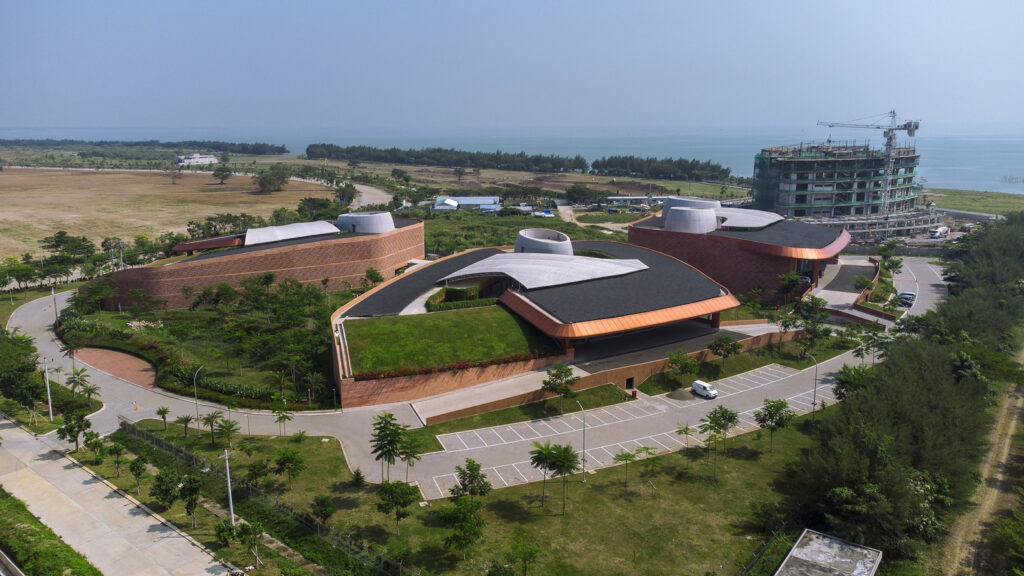
Natural ventilation Is controlled by the secondary skin of a red terracotta breeze block made of earth in Java. The curvy linear shell-like buildings allow the sea breeze to move in between the classrooms in a streamlined manner with no turbulence. Open-air sporting facilities enjoy the sea breeze from north to south. Initially, all roofs of Binus School are covered by plants but due to poor soil conditions of the original marshland, the structural foundation only allows us to establish a smaller position of the green roof in the campus.
The school has just opened, so we have no numerical data yet. However, the openable windows and secondary breeze block skin mean that on cool and breezy days, the windows can be opened instead of using the air conditioning full time. In addition, the secondary skin enables smaller BTU’s to be used to provide air conditioning for the classrooms.
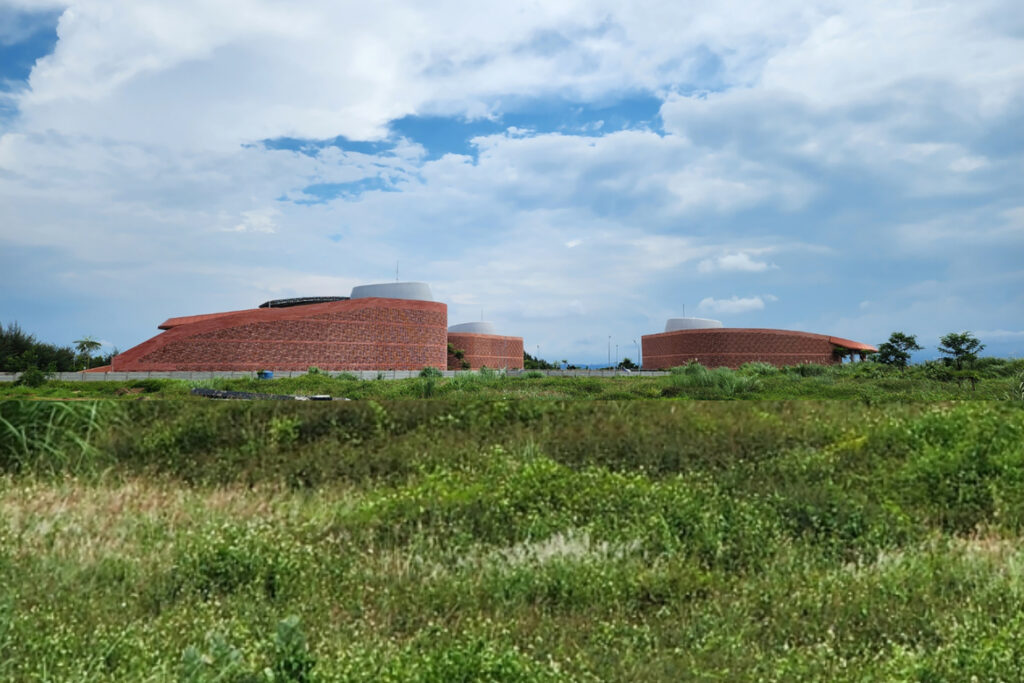
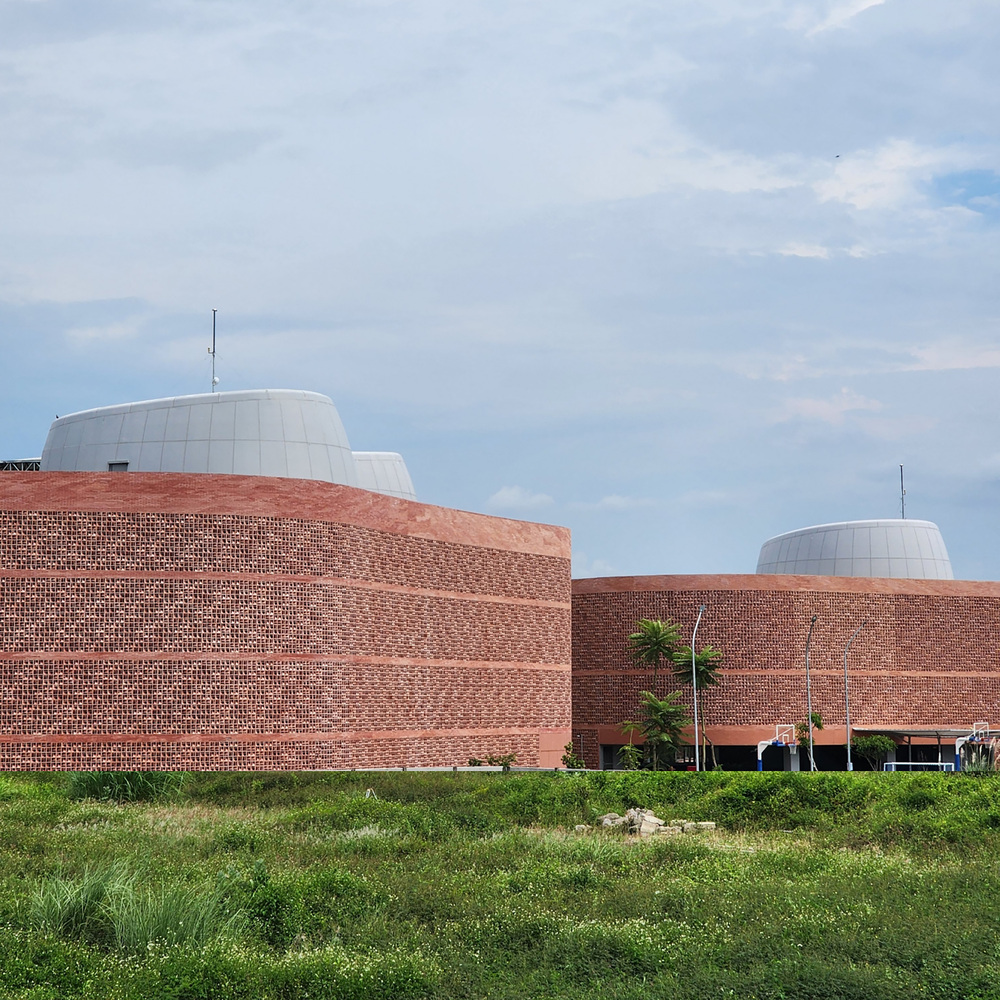
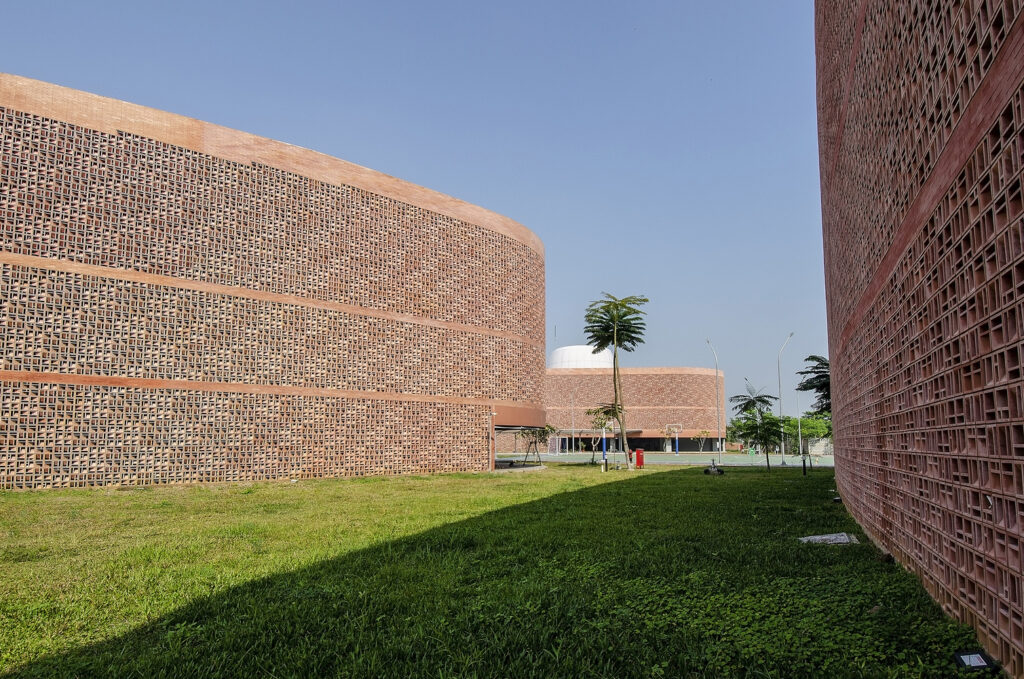
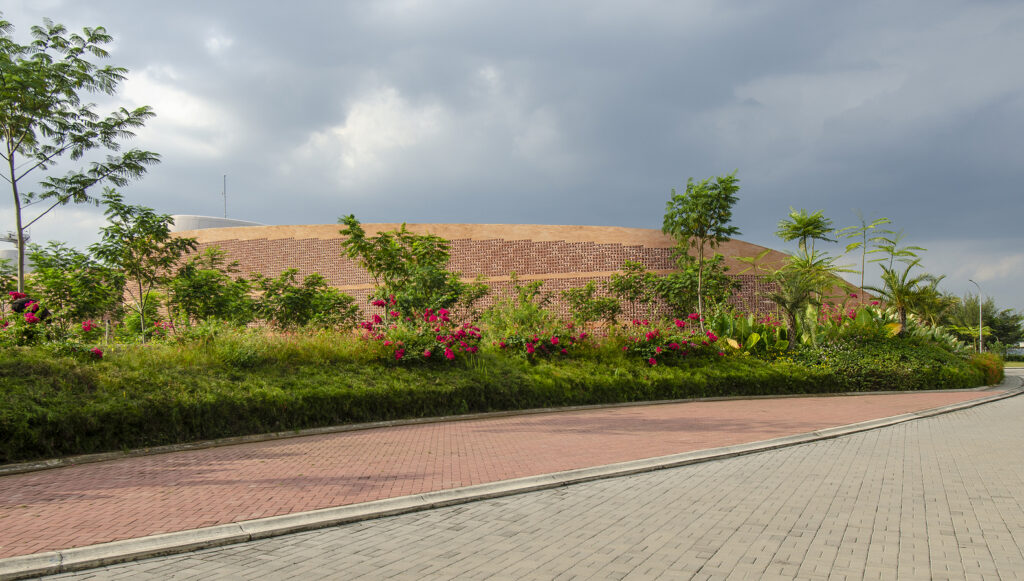
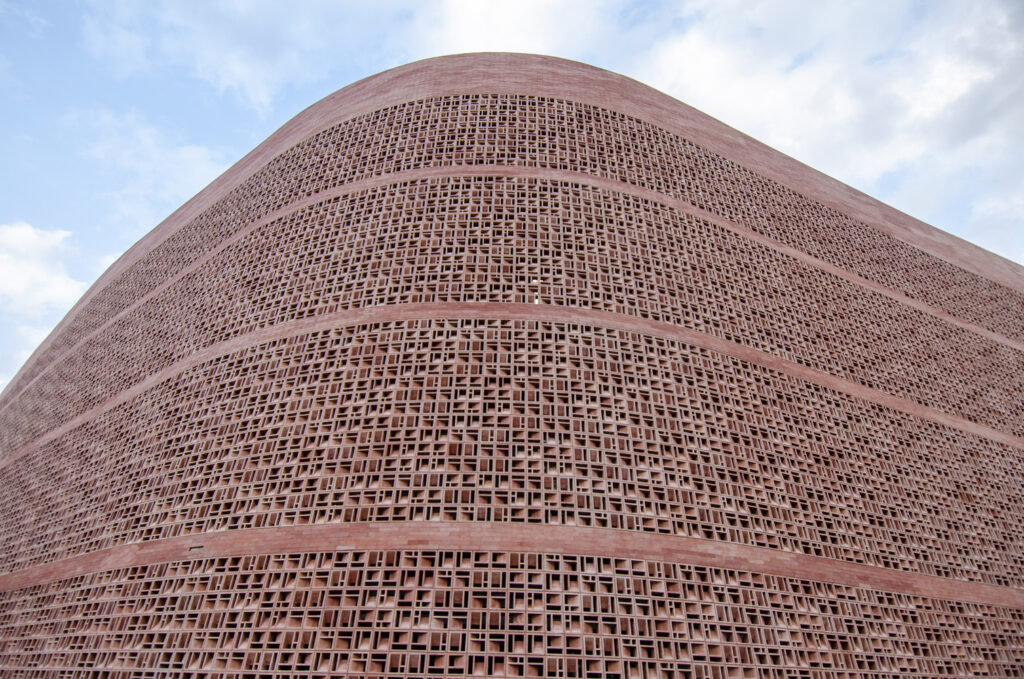
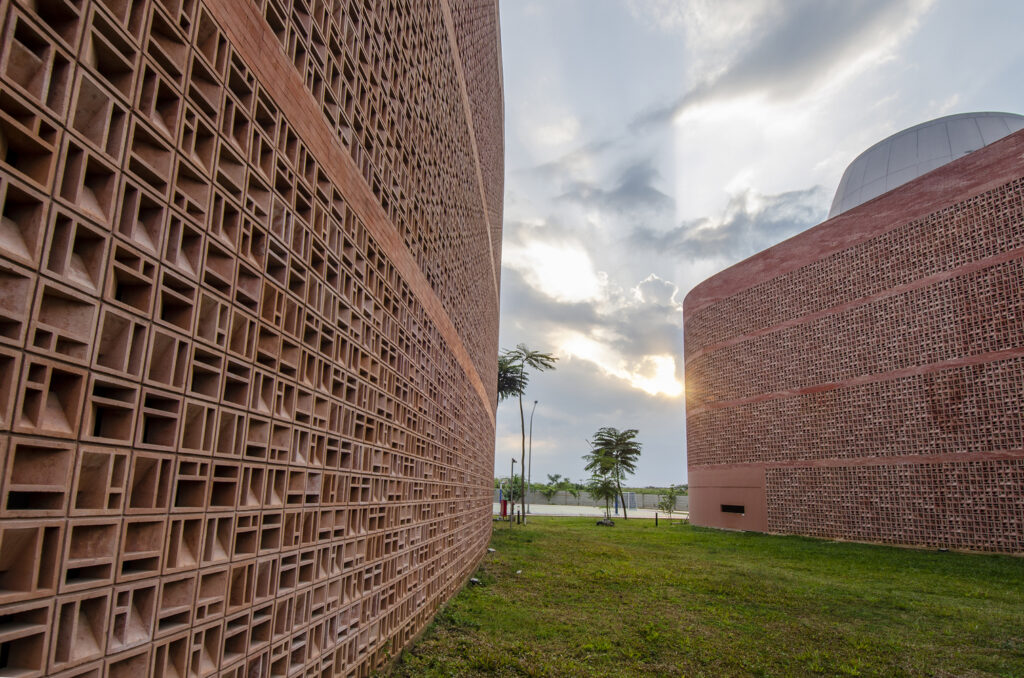
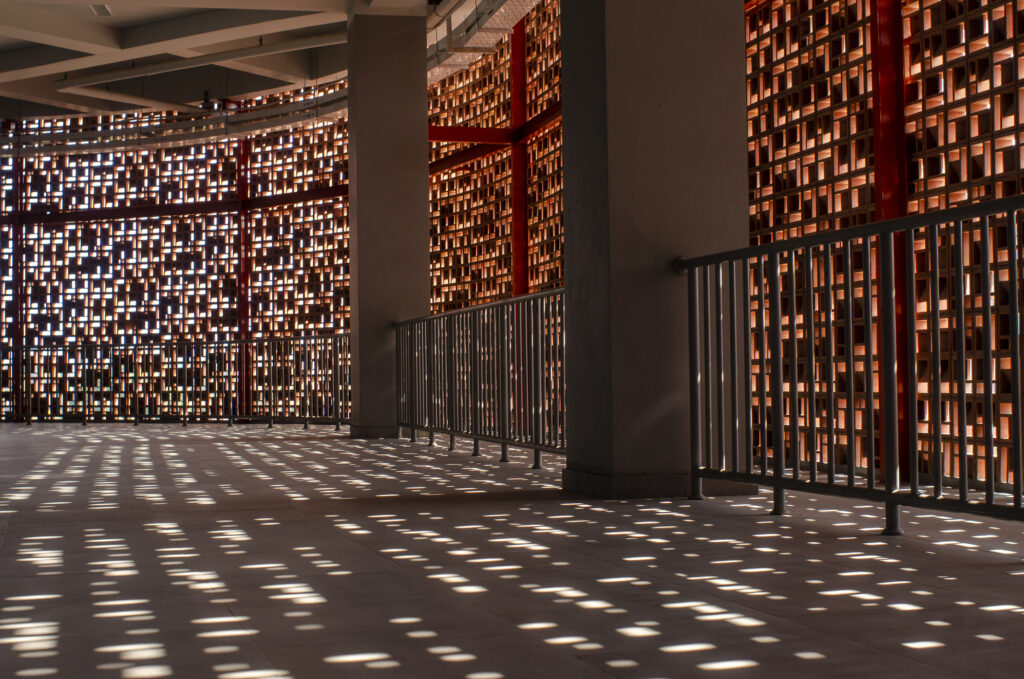
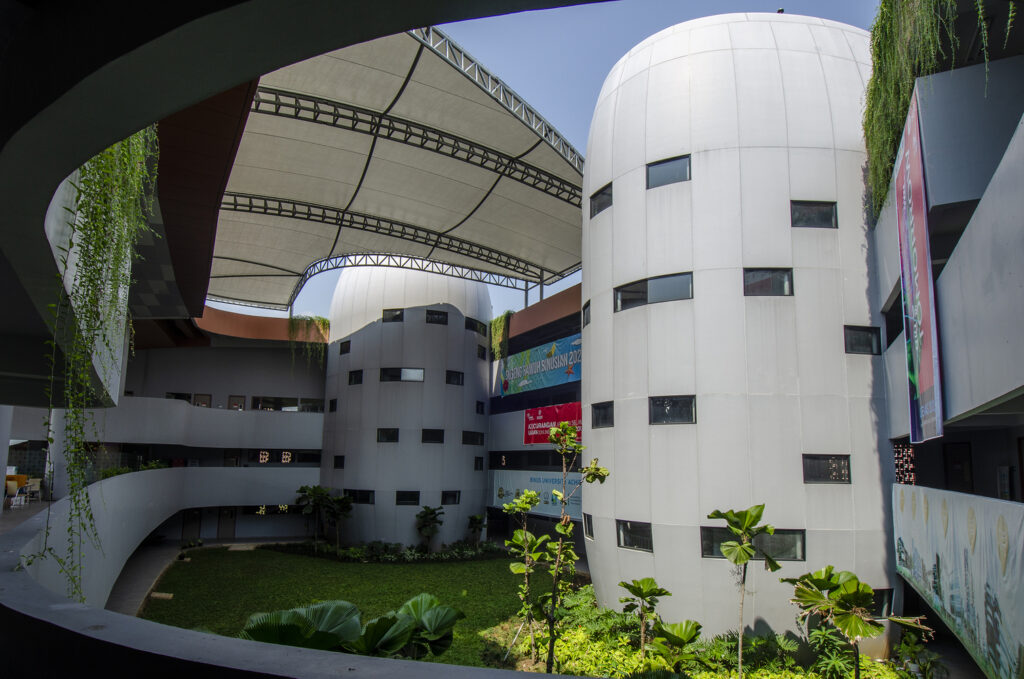
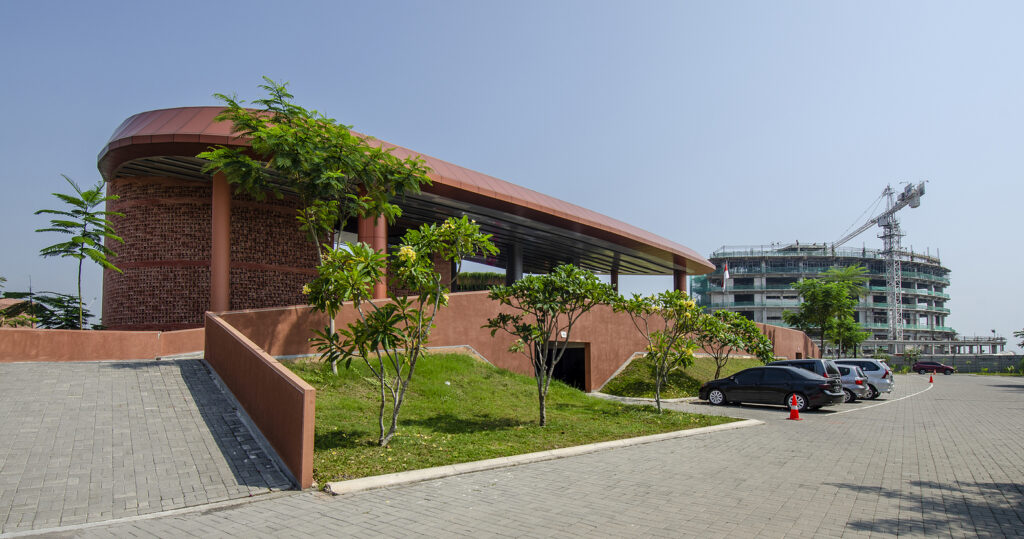
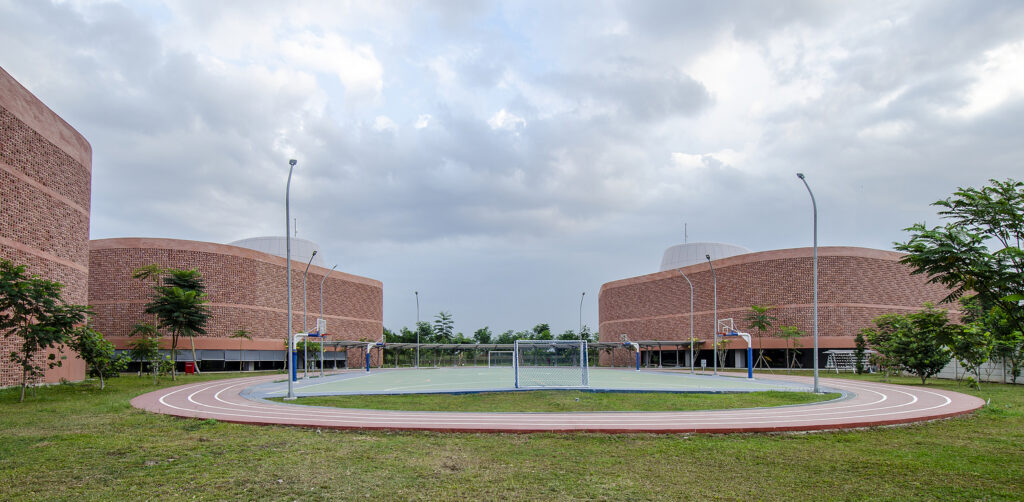
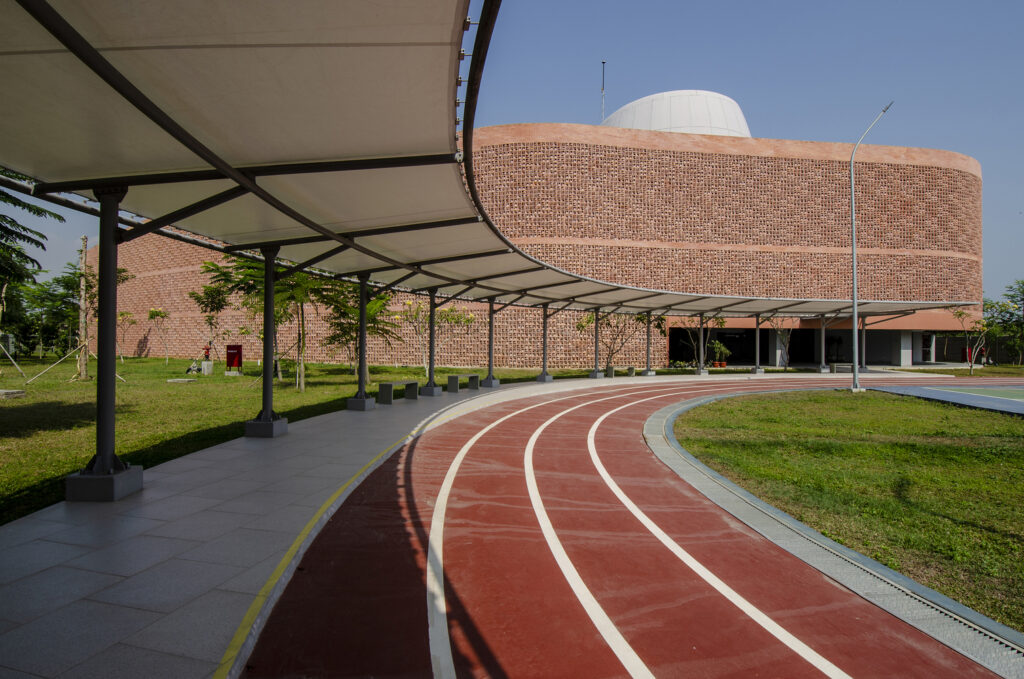
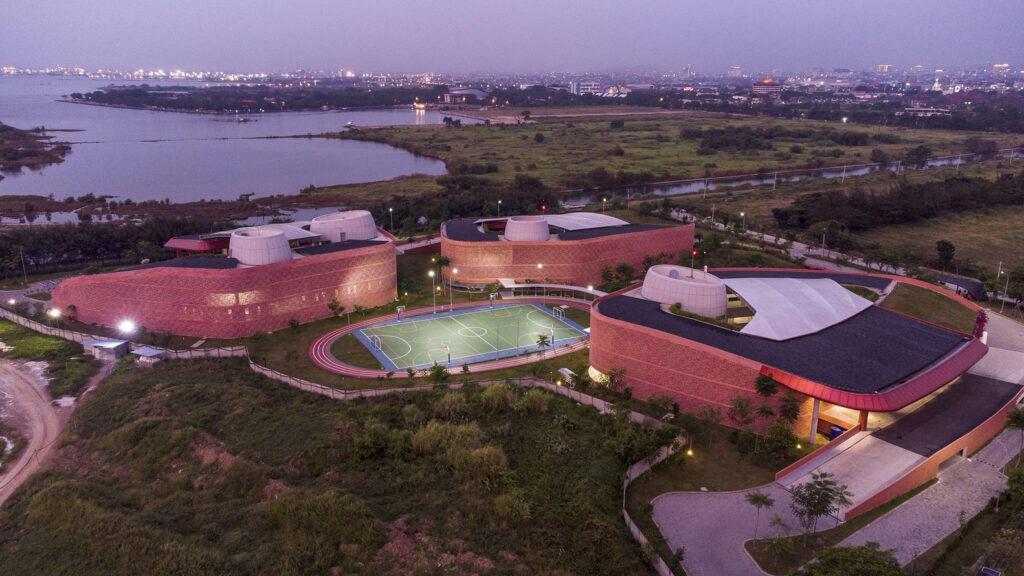
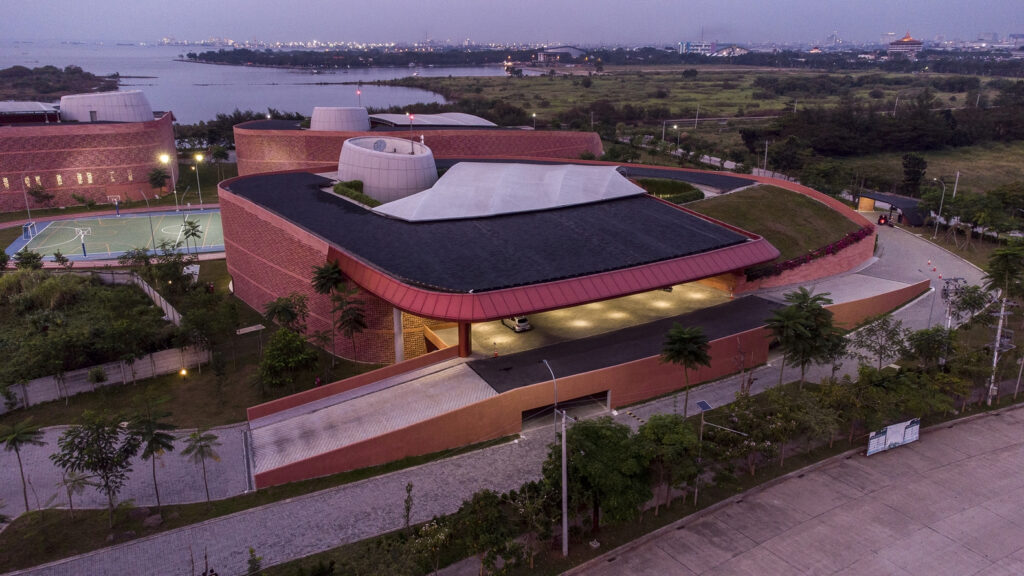
Would you like to publish your projects? Get Started Here



